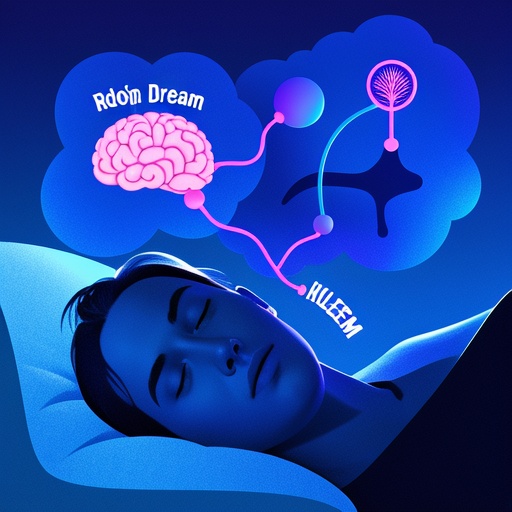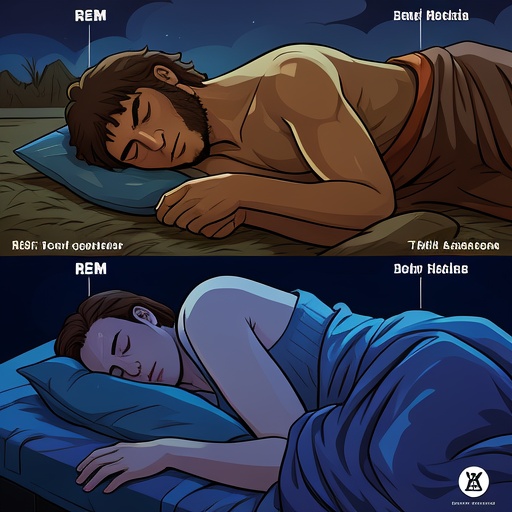The Mystery of REM Atonia
During REM (Rapid Eye Movement) sleep, a peculiar physiological phenomenon occurs known as REM atonia. This is the state where most of our skeletal muscles are temporarily paralyzed. The reason behind this strange change is deeply rooted in the brain's protective mechanism. 
REM sleep is the stage of sleep associated with vivid dreaming. When we dream, our brains are highly active, creating complex scenarios and experiences. Without REM atonia, our bodies would physically act out these dreams. This could lead to potentially dangerous situations, such as flailing limbs or even getting out of bed during a dream. The brain, through a series of neural processes, ensures that the signals from the motor cortex, which is responsible for muscle movement, are blocked or inhibited. Specialized neurons in the brainstem play a crucial role in this process. They release neurotransmitters that suppress the nerve signals traveling to the skeletal muscles, effectively immobilizing the body. 
Scientists believe that REM atonia is an evolutionary adaptation. As our ancestors needed to rest and recover during sleep, acting out dreams could have put them at risk of injury, whether it was falling off a tree or being attacked by predators. By paralyzing the skeletal muscles during REM sleep, the body can safely experience the intense mental activity of dreams without the associated physical risks. This mechanism is so essential that any disruption in REM atonia can lead to sleep - related disorders, where individuals physically act out their dreams, often causing harm to themselves or their sleep partners. 










